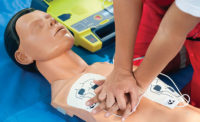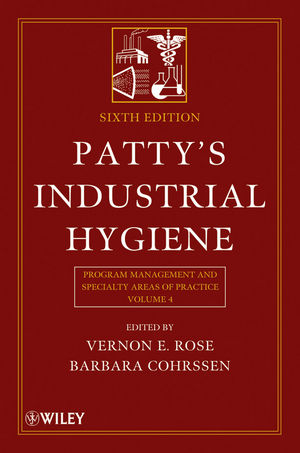About 10,000 sudden cardiac arrests (SAC) occur each year while the victims are working, according to OSHA. How many employees do you think are reluctant to come to their aid using automated external defibrillators (AEDs) due to the fear of being sued if something goes wrong?
Good Samaritan laws are meant to protect employees who come to the aid of emergency medical victims motivated by no other reason than concern and kindness. Protection from liability is critical because waiting for the arrival of emergency medical personnel results in only 5-7 percent survival, according to OSHA. Studies with immediate defibrillation have shown up to 60 percent survival after one year after sudden cardiac arrest, according to the agency.
Voluntary rescuers are the primary beneficiaries of Good Samaritan laws – rescuers who act without any expectation of reward. But laws are different in every state. For example, in Pennsylvania, for anyone to receive immunity from civil liability, the law states that the person must hold a current certificate demonstrating successful completion of a course in first aid, advanced life-saving, or basic life support sponsored by the American Red Cross, American Heart Association or equivalent. According to experts, employees shouldn’t be afraid to lend a hand in an emergency such as a SAC. It’s more important to act quickly and follow your training than worry about making mistakes.
According to OSHA, your workers can easily be trained to recognize sudden cardiac arrest and notify EMS personnel, perform cardiopulmonary resuscitation (CPR), provide early defibrillation with an AED, and care for the victim until EMS personnel arrive.
Typical training
Since most states regulate health care training for public safety personnel, the National Center for Early Defibrillation (NCED) recommends checking with state authorities to make sure your training program is consistent with state guidelines. AED training curricula vary, but generally emphasize:
• A working knowledge of CPR
• Safety for both victims and rescuers
• Proper placement of electrodes
• Delivering the first shock as quickly as possible, ideally within 60 seconds from time of arrival at the victim's side
• Plenty of hands-on practice, with one instructor and one AED or AED trainer for every four to six students
A sample AED class
The following sample AED class outline demonstrates the simplicity of AED training, according to NCED:
Prerequisite: CPR training
• Distribute course materials to students two weeks prior to class. Course materials may include instructional booklets and videos, local AED protocols, skills checklists, and operating guidelines for the specific device that will be used.
• Present introductory lecture. (20 minutes)
• Demonstrate how to use the AED. (20 minutes)
• Review local AED treatment protocols. (20 minutes)
• Supervise practice. Each student should have the opportunity to manage at least three scenarios. (60 minutes)
• Discuss medical direction, device maintenance, continuing education, documentation and quality assurance. (15 minutes)
• Administer written evaluation. (Optional) (30 minutes)
• Administer practical evaluation following skills checklist. (60 minutes)
• Provide remedial training for those who do not successfully complete evaluation process.
Brief review sessions (about 30 to 60 minutes long) are an effective way to keep AED skills fresh, according to NCED. Sessions should be used to review AED operation and maintenance, review standing orders, practice protocols using various scenarios, critique recent cases, and evaluate skills.





